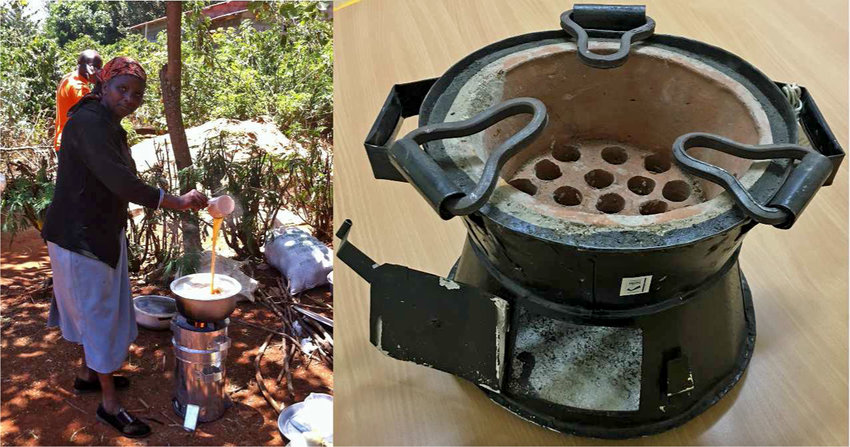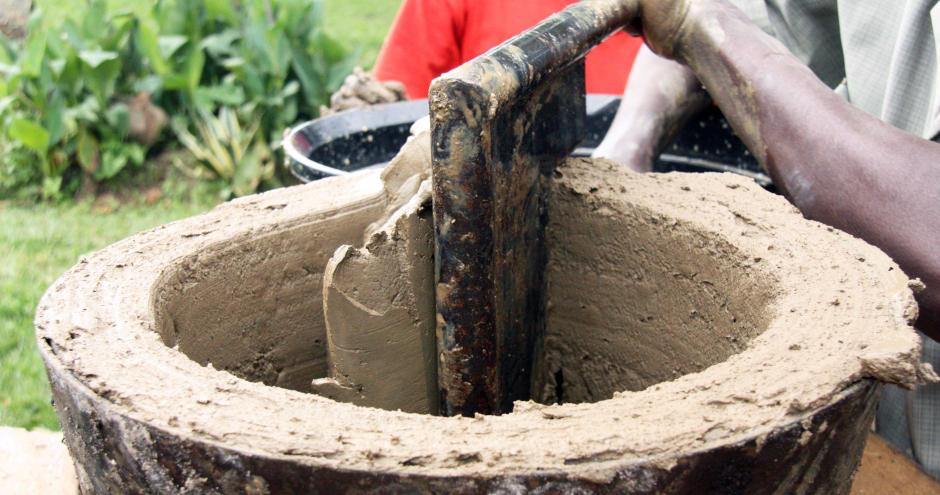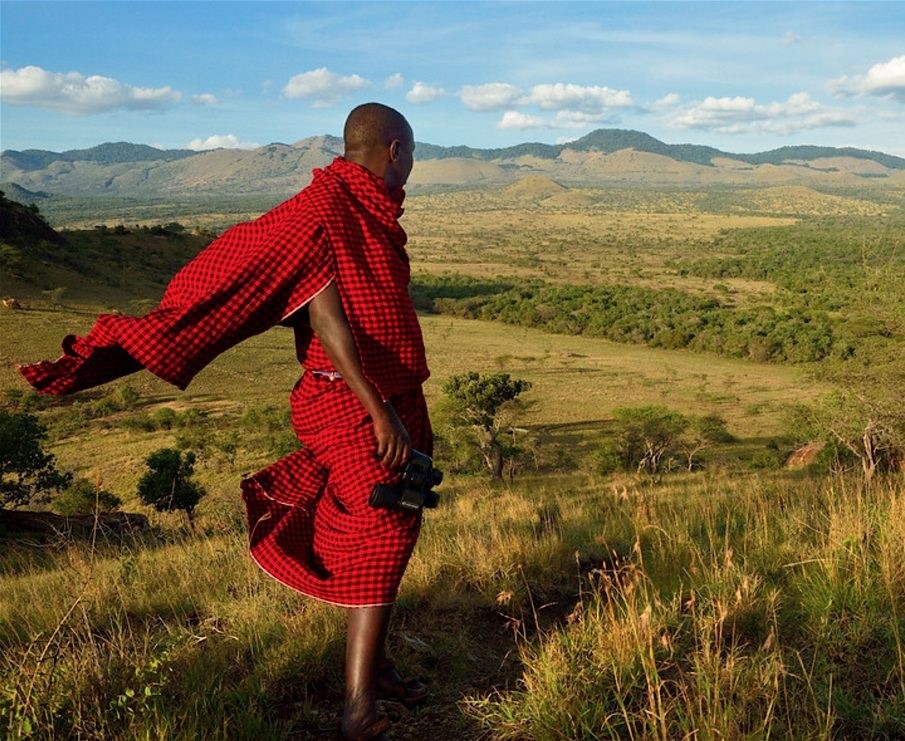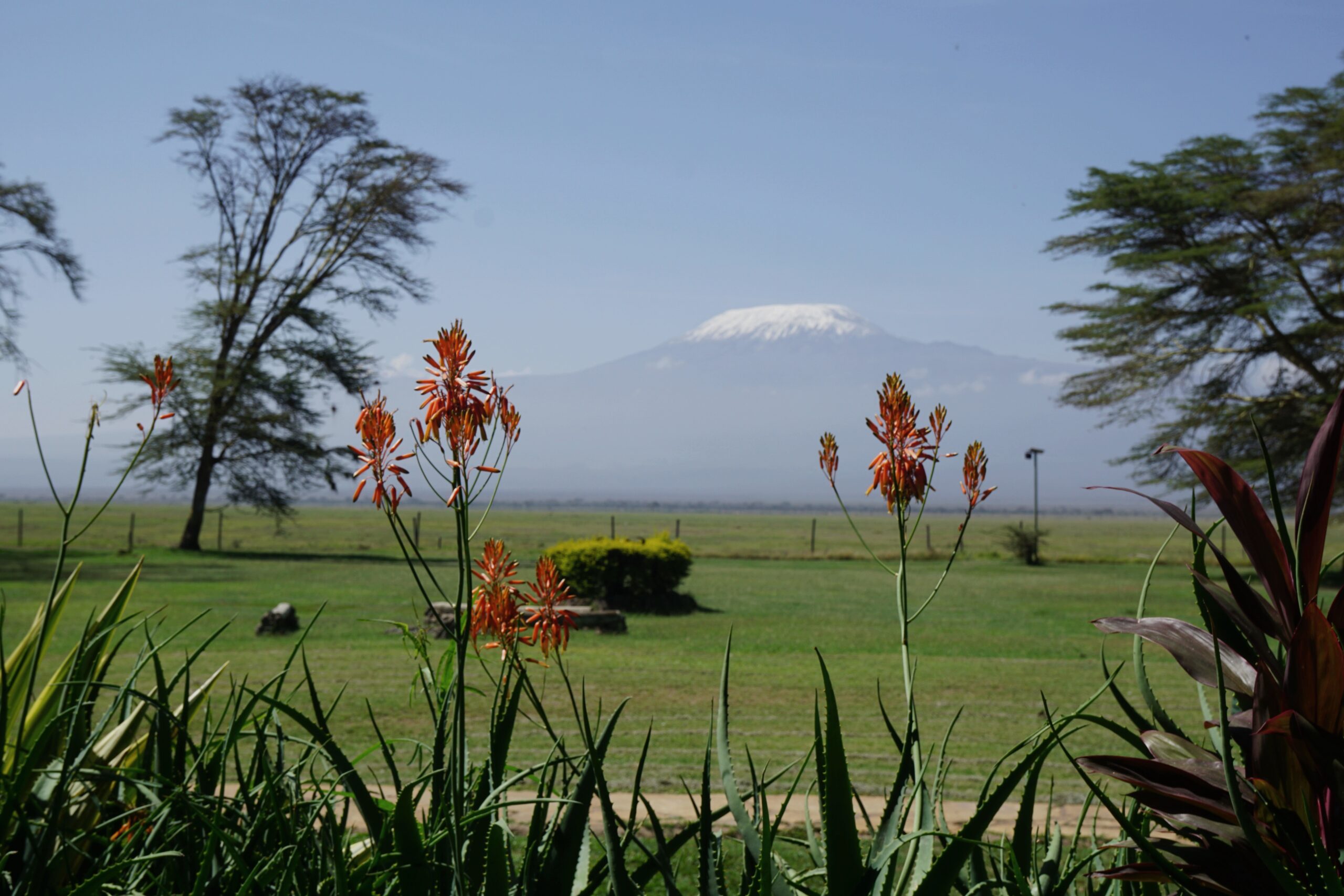Kenya has emerged as a regional leader in carbon offset projects across sub-Saharan Africa. The country has embraced the potential of carbon markets to promote sustainable development while reducing greenhouse gas emissions. There are now dozens of carbon offset projects underway across Kenya, supported by the UN’s Clean Development Mechanism (CDM) as well as voluntary standards like the Verified Carbon Standard (VCS) and the Gold Standard.
This rise of carbon offset projects is helping Kenya mitigate climate change, alleviate poverty and drive low-carbon economic growth. Kenya aims to reduce its greenhouse gas emissions by 30% by 2030 under its commitments to the Paris Agreement. Carbon offsets generated by Kenyan projects can be sold internationally and count towards countries’ climate action.
Below we have profiled 10 leading carbon offset projects across Kenya. These projects showcase the range of climate solutions underway, from clean cookstoves and biogas digestion to solar energy and forest conservation. Each project description provides details on the social and environmental benefits being generated along with estimated annual greenhouse gas emission reductions.
1. Charcoal Stoves in Kenya
Cookstove projects abound in Kenya. Typically this involves the substitution of traditional and inefficient biomass cookstoves with efficient biomass cookstoves (wood, charcoal) in rural and/or urban households in Kenya.
This project, as others, provides more efficient charcoal stoves to Kenyan households, resulting in reduced usage of charcoal fuel for cooking purposes. The more efficient stoves contribute to environmental sustainability by reducing charcoal consumption and greenhouse gas emissions. They also support community development by making cleaner cooking more accessible and affordable.
The carbon credits from the project are registered under the CDM Programme of Activities 7997 with reference number 7997-P1-0051-CP1. The improved cookstoves save on average 60% of charcoal compared to traditional stoves. This results in less greenhouse gas emissions as less charcoal needs to be produced.
By providing rural and urban Kenyan households with cleaner, more efficient cookstoves, this project helps drive sustainable development and improves public health through reduced indoor air pollution.
ANNUAL ESTIMATED CARBON CREDITS: 49,023

2. Improved Cookstoves and Safe Water Programme – Kenya – VPA 39
The stated goal of this carbon offset project is the widespread dissemination of low greenhouse gas (GHG) water purification technologies (WPTs) to schools and other institutions across Kenya. The project will utilize carbon financing to support local partners engaged in the operation, sales, distribution and maintenance of various WPTs.
By providing access to safe drinking water through low-emission purification methods, the project aims to improve public health while reducing reliance on high-carbon alternatives like boiling water over open fires. The project methodology has been validated to generate certified emissions reductions under the Verified Carbon Standard.
Some key facts about this project:
-
- Over 100,000 carbon credits have been issued to date, with zero credits retired so far.
-
- The crediting period runs from January 2021 to December 2035.
-
- The project deploys various low-carbon WPTs such as ceramic pot filters, biosand filters, chlorine dispensers, and more.
-
- Safe drinking water access promotes community health and development in Kenya.
By financing the dissemination of these low-emission WPTs across Kenya, the project delivers an environmental and social impact beyond just carbon abatement. The project methodology and focus on sustainable development reflect the Gold Standard for Global Goals.
107968 – credits ISSUED / 0 – credits RETIRED

3. GivePower Kenya Solar Water Farms
The GivePower Kenya Solar Water Farms carbon offset project provides access to safe, clean drinking water in rural communities in Kenya through an innovative use of solar power. By using solar photovoltaic (PV) panels to power desalination systems, GivePower is able to convert brackish or salt water into fresh, potable water for household use.
This project addresses two important issues – providing safe drinking water and reducing dependence on polluting energy sources like firewood and charcoal. Many rural communities in Kenya lack access to clean water sources and rely on boiling water over open fires to purify it. This is time consuming, exposes families to harmful indoor air pollution, and leads to high rates of deforestation as trees are cut down for fuel.
The solar powered desalination plants remove the need to boil water and eliminate a major source of fuel wood and charcoal consumption. The solar energy harnessed replaces the burning of over 8,000 tons of wood annually across the project area. This leads to cleaner household air, reduced deforestation pressures, and substantial reductions in greenhouse gas emissions.
By sustainably addressing safe water access and energy needs, the GivePower Kenya Solar Water Farms carbon credit project is bringing health, environmental and economic benefits to underserved rural villages across Kenya. The project has been registered under the Gold Standard for the Global Goals, validating its contributions to sustainable development for local communities.
ANNUAL ESTIMATED CREDITS – 72,402
4. MKOPA Solar Lighting Programme
This is a long-running carbon credit project in Kenya, and a worthy one. It aims to distribute solar lighting systems to households throughout Africa. The solar home systems provided by MKOPA include a solar panel, rechargeable battery, phone charging USB, LED lights, and a radio.
The use of the MKOPA solar lighting systems enables households to switch from kerosene lamps and other fossil fuel-based lighting to affordable, safe, off-grid renewable solar power. The solar home systems provide clean lighting and electricity for multiple lights, phone charging, and powering a radio.
By utilizing the MKOPA solar lighting systems, households reduce the amount of fossil fuel-based domestic energy needs. The transition from kerosene lanterns to solar-powered LED lights eliminates the regular purchase of kerosene fuel. This switch to clean, renewable solar energy contributes to a significant reduction in greenhouse gas (GHG) emissions from the avoided kerosene combustion.
The MKOPA programme increases energy access and financial savings for households by allowing them to pay off the cost of the solar home system over time through their mobile money accounts. The programme has brought solar power and clean lighting to over 750,000 homes across Kenya, Uganda, and Tanzania, reducing fossil fuel use and GHG emissions across Africa.
ANNUAL ESTIMATED CREDITS – 42,000

5. Household and commercial biogas plants in Kenya
The project will install different scaled biogas plants for households and commercial purposes in rural areas of Kenya. These biogas plants will allow households, slaughterhouses and small-medium sized farms to transform their organic waste into renewable biogas to meet their energy needs.
The biogas plants will enable rural communities to convert waste materials like manure and crop residue into usable biogas fuel. The biogas can then be used for cooking, lighting, and powering small farm machinery. This provides an alternative to unsustainable charcoal or wood fuel sources which contributes to deforestation.
Implementing biogas plants will drive sustainable development in rural Kenya. It will provide clean energy access to remote areas. The biogas fuel displaces wood and charcoal use, helping conserve local forests. It also provides sanitary waste management and produces bio-fertilizer for farms as a byproduct.
The biogas project empowers communities to utilize local waste resources for energy self-sufficiency. It enables sustainable development by reducing deforestation and providing clean renewable fuel access. The project delivers environmental, health and economic benefits for rural regions of Kenya.
ANNUAL ESTIMATED CREDITS – 204,831

6. Stoves for Life: Energy Efficient Cook Stoves Project in Kakamega, Kenya
The Stoves for Life project involves introducing locally made, fuel efficient Upesi cooking stoves to around 90,000 households in forest adjacent communities around Kakamega Forest in Western Kenya.
The Kakamega Environmental Education Programme (KEEP) and Eco2librium are working together to build the capacity of local women’s groups to produce the stoves. They are also helping the groups to market, distribute, and install the stoves in local households.
A key part of the project is training women on how to use and take care of the new stoves properly. The stoves can save up to 58% of fuel wood compared to traditional cooking methods. By getting the stoves into households and providing education, the project aims to promote more sustainable practices and reduce greenhouse gas emissions.
This project is impressive not just for the amount of credits issued, and more so the amount of credits retired.
1391283 – credits ISSUED / 1280056 – credits RETIRED

7. Chyulu Hills REDD+ Project
The Chyulu Hills REDD+ Project (CHRP) is a multi-partner initiative designed to promote climate change mitigation and adaptation, restore biodiversity and create alternative livelihoods under the UN scheme of Reducing Emissions from Deforestation and forest Degradation (REDD+).
The project aims to mitigate climate change by reducing emissions from deforestation and forest degradation in the area. It also supports local communities in adapting to the impacts of climate change through sustainable land management practices and alternative livelihood programs.
Biodiversity restoration is a key goal, as the Chyulu Hills area contains diverse habitats and threatened species. The project protects important wildlife corridors and water catchment areas. Ongoing monitoring helps sustain populations of iconic species like elephants, lions, and cheetahs.
To provide alternative livelihoods, the project has established tree nurseries, beekeeping programs, and ecotourism initiatives. These activities allow communities to benefit economically while reducing pressure on natural resources. Capacity building trainings empower locals to take charge of conservation and development needs.
By taking an integrated approach focused on climate, biodiversity and community needs, the Chyulu Hills REDD+ Project aims to maintain the ecological integrity of this vital landscape while supporting sustainable development. The project demonstrates how REDD+ can align incentives to protect nature and uplift people’s wellbeing.
Estimated Annual Emission Reductions – 1100943

8. Northern Kenya Grasslands Project
The Northern Rangelands Trust is implementing an innovative climate change mitigation project across the grasslands of northern Kenya. By shifting pastoral grazing practices from continuous, unrestricted grazing to planned, rotational grazing, the Northern Kenya Grasslands Project aims to restore degraded rangelands and increase soil carbon storage.
Overgrazing has led to severe degradation of grasslands in northern Kenya. Unrestricted grazing gives plants little chance to regrow, depleting root systems and reducing the organic matter in soils. This loss of vegetation and soil carbon releases carbon dioxide into the atmosphere while also undermining the productivity of the land.
The project is working with pastoralist communities to adopt rotational grazing, which involves dividing rangelands into multiple sections and moving livestock periodically between the sections. This planned approach gives plants sufficient recovery time between grazing, allowing grasses to regrow and replenish their root systems.
With healthier plants and soils, the project expects to increase soil carbon storage by up to 200,000 tons per year. By restoring more than 1 million hectares of grasslands across northern Kenya, the project is projected to reduce greenhouse gas emissions by over 600,000 tons of CO2 equivalent annually.
This innovative approach demonstrates how climate mitigation projects can support pastoralist livelihoods while also benefitting the environment. By improving rangeland productivity and soil health, rotational grazing provides climate resilience and sustainability for communities across the arid landscapes of northern Kenya.
Estimated Annual Emission Reductions – 1797493

10. Kasigau Corridor REDD Project – Phase II The Community Ranches
The Kasigau Corridor REDD Project aims to protect the forests, flora, and fauna of the Kasigau region while also providing sustainable financing and addressing human-wildlife conflicts in a holistic manner. This project builds on the first REDD project, Rukinga Ranch, which has been protecting the local ecosystem since 2006.
The goal of this new and larger Kasigau Corridor project is to extend the benefits of direct carbon financing to the surrounding communities. This will help provide alternative livelihoods for locals while continuing to protect the area’s vital plant and animal species. In the past, human-wildlife conflict has been an issue here since residents rely directly on the environment for their livelihoods. The project takes a sustainable, holistic approach to these issues on a large scale.
As a VCS-classified mega project, the Kasigau Corridor REDD Project is estimated to reduce over 1 million tonnes of CO2 annually. The community and ecosystem focus allows the project to protect the local forests and biodiversity while also supporting the development needs of indigenous groups and other residents. By providing sustainable financing and livelihoods, the project aims to alleviate resource pressures and human-wildlife conflicts in an integrated manner.
Estimated Annual Emission Reductions – 1461479
10. Hifadhi Improved cook-stoves in Embu County, Kenya
One of the largest cookstove projects, this one focuses on enhancing the accessibility and affordability of efficient cookstoves for low-income households throughout Embu County in the Republic of Kenya. The primary goal is to manufacture and distribute improved cookstoves, known as Hifadhi stoves, which are designed to be remarkably fuel-efficient. These stoves can save up to 58% of fuel wood compared to traditional stoves while cooking the same quantity of food. Notably, it stands as one of the largest cookstove projects in the region, targeting a substantial impact in terms of energy efficiency and resource conservation.
1732504 – credits ISSUED / 1168772 credits RETIRED
Hopefully this overview of carbon offset projects in Kenya gives you some good insight (and hope) towards the efforts to reduce carbon emissions in Kenya and globally.

If you want to learn more about the carbon market and how you can gain access to the highest quality carbon offset projects, get in touch with us today









